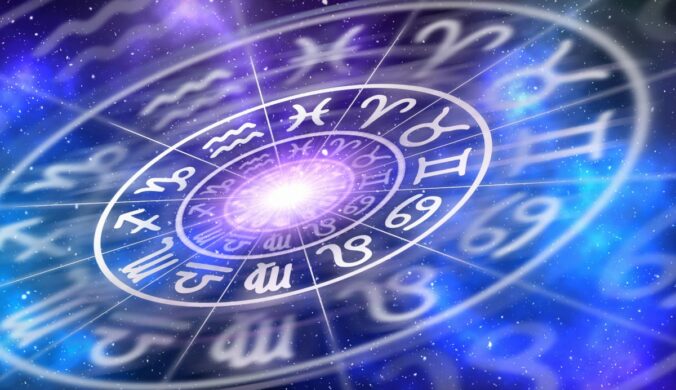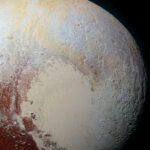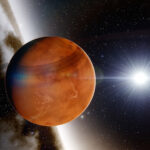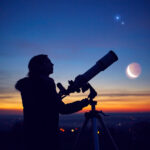International Astronomy Day is celebrated twice a year, close to the first quarter moon of spring and fall — on May 15 and October 9, this year. We couldn’t be more thrilled to enjoy this day by doing all kinds of space-related activities. Don’t have a telescope? No problem! Here are a few ideas on how to celebrate like a true galactic scout.
History of International Astronomy Day
Astronomy is a natural science that has been ever-present in human history. Our ancestors looked at the night sky, filled with curiosity about what was beyond our planet with the same fervor as we do. Indigenous cultures from around the world practiced astrology with the naked eye and it played a key role in their societies. A famous example of this was Mayan astronomy. They were avid observers of the sky, keeping recordings and producing calendars and star charts. To them, the actions of the gods could be read in the movement of the stars, moon, and sun.
While many different cultures around the world made great advances in astronomy, there probably isn’t a more revered astronomer than Nicolaus Copernicus. He first proposed that the earth revolved around the sun. This was a truly revolutionary idea (no pun intended), since it was widely believed by many astronomers and religions that the earth was the center of the universe. Challenging this, Copernicus proposed that humanity was only a part of a much more complex system of space and time.
International Astronomy Day was started by Doug Berger, who at the time was the president of the Astronomical Association of Northern California. He intended to get people in urban areas interested in astronomy. To do this, he set up telescopes that people could use to enjoy gazing at space. Since then, the event has gained popularity and the support of organizations such as educational institutions, space agencies, and museums.
International Astronomy Day timeline
Ancient people in Britain create great structures made of stone to, as it is believed, track celestial bodies — Stonehenge is probably the most famous example.
Ptolemy, a great astronomer from the Roman Era, creates a geometric representation of the solar system that can help predict the position of the planets at any date or time.
The patent reads: “for seeing things far away as if they were nearby.”
Although it is not the first of its kind, the Hubble Space Telescope becomes a crucial tool for modern-day astronomers.
International Astronomy Day FAQs
Do planetariums and museums offer free admission on this day?
Although some do, it’s always recommended to ask before you go.
Are telescopes always expensive?
Powerful telescopes can be pricey, but there’s one for every budget.
Are astronomy and astrology the same thing?
No. Astronomy is the study of space and celestial objects. Astrology is the study of movements and positions of celestial objects and the influence they have on human affairs.
How to celebrate International Astronomy Day
Take your telescope out of the city
Space observation is better when you get away from the lights of the city. Make it a fun night out with friends and family.
Visit a planetarium
Planetariums are an experience everyone can enjoy. It’s not only educational but also thrilling and fun!
Watch Carl Sagan’s “Cosmos”
Why not celebrate by watching this magnificent documentary series.
5 Facts About Telescopes That Will Blow Your Mind
They use different materials to create images
Telescopes can either use glass lenses to magnify an image or mirrors to focus the light of an image.
They weren’t always used by astronomers
Telescopes were first used by sea merchants, pirates, and the military.
The largest radio telescope is in China
Located at Pintang Astronomy Town in China, it is the size of 30 soccer fields.
There’s one in a desert
The Atacama Cosmology Telescope is located in the desert of the same name in Chile, South America.
Jacks Black’s parents worked at one
The famous actor’s parents were satellite engineers working for the Hubble Space Telescope.
Why we love International Astronomy Day
It stimulates your curiosity
After celebrating International Astronomy Day, you’ll want to know more about our universe.
It can be an outdoor activity
Get some fresh air while enjoying starry skies, what could be better than that?
It happens twice a year!
If you miss it, you’ll have another chance to celebrate it.
International Astronomy Day dates
| Year | Date | Day |
|---|---|---|
| 2024 | May 18 | Saturday |
| 2024 | October 12 | Saturday |








